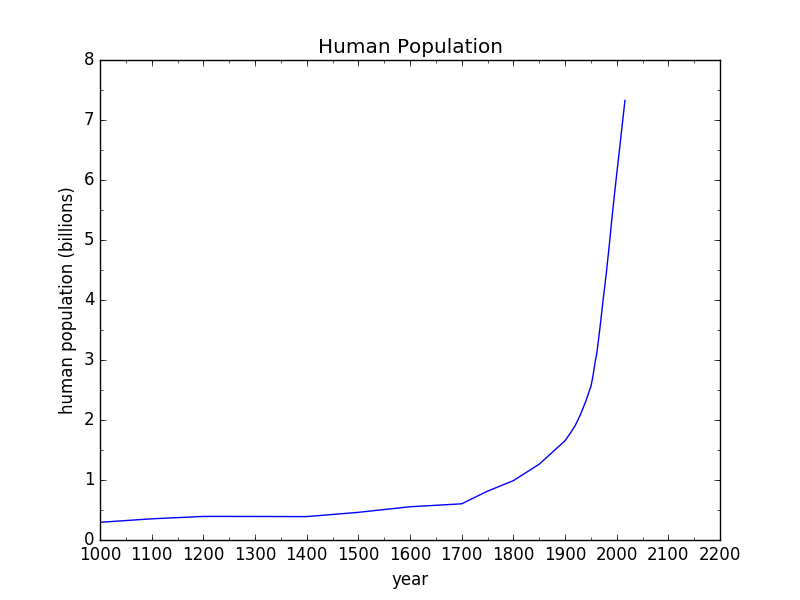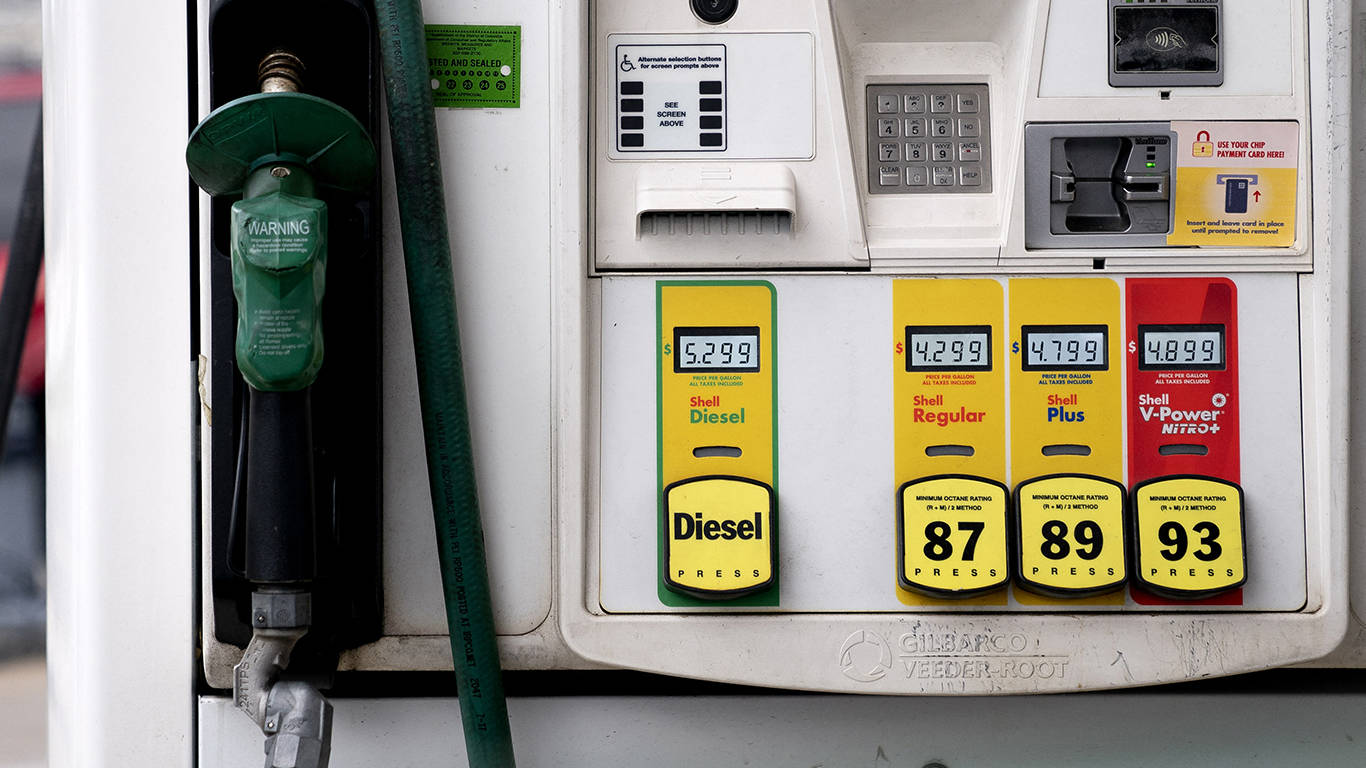The other morning I cycled around the Dutch town where I grew up. Behind our old house, the field where I spent half my childhood is now covered with homes. So is my old football club. My high school is now in a built-up area. At the local train station, the bike shed was full on a Saturday afternoon. When I got to Amsterdam, the business-traveller economy appeared to have broken down: endless waits for Ubers, nobody at hotel reception, restaurants closed at lunchtime for want of waiters.
I know over-construction and understaffing are now global problems, but they are particularly acute in the Netherlands. The country has run out of space and staff. Sure, a recession may temporarily loosen the jobs market, but the problem was acute pre-pandemic and will simply resurface whenever growth resumes. The Netherlands is probably the first country to hit the limits of economic growth.
Other overdeveloped places such as the Bay Area, New York and Singapore may follow, running out of room for new workers and businesses. This raises the question: can a rich place be happy if its economy stops growing?
With hindsight, the Netherlands was too well-suited to the era of globalisation. The trading nation with Europe’s biggest port experienced 26 years of unbroken economic growth until 2008, then a world record. Now it tops ETH Zurich’s KOF Globalisation Index as the world’s most globalised country.
And so its population mushroomed. When the counter hit 14 million in 1979, Queen Juliana said, “Our country is full.” In 2010, Statistics Netherlands said the population would probably never reach 18 million. Today it’s 17.7 million and rising…












NEW YORK – The new reality with which many advanced economies and emerging markets must reckon is higher inflation and slowing economic growth. And a big reason for the current bout of stagflation is a series of negative aggregate supply shocks that have curtailed production and increased costs.
This should come as no surprise. The COVID-19 pandemic forced many sectors to lock down, disrupted global supply chains, and produced an apparently persistent reduction in labor supply, especially in the United States. Then came Russia’s invasion of Ukraine, which has driven up the price of energy, industrial metals, food, and fertilizers. And now, China has ordered draconian COVID-19 lockdowns in major economic hubs such as Shanghai, causing additional supply-chain disruptions and transport bottlenecks.
But even without these important short-term factors, the medium-term outlook would be darkening. There are many reasons to worry that today’s stagflationary conditions will continue to characterize the global economy, producing higher inflation, lower growth, and possibly recessions in many economies.
For starters, since the global financial crisis, there has been a retreat from globalization and a return to various forms of protectionism. This reflects geopolitical factors and domestic political motivations in countries where large cohorts of the population feel “left behind.” Rising geopolitical tensions and the supply-chain trauma left by the pandemic are likely to lead to more reshoring of manufacturing from China and emerging markets to advanced economies – or at least near-shoring (or “friend-shoring”) to clusters of politically allied countries. Either way, production will be misallocated to higher-cost regions and countries.
…click on the above link to read the rest of the article…